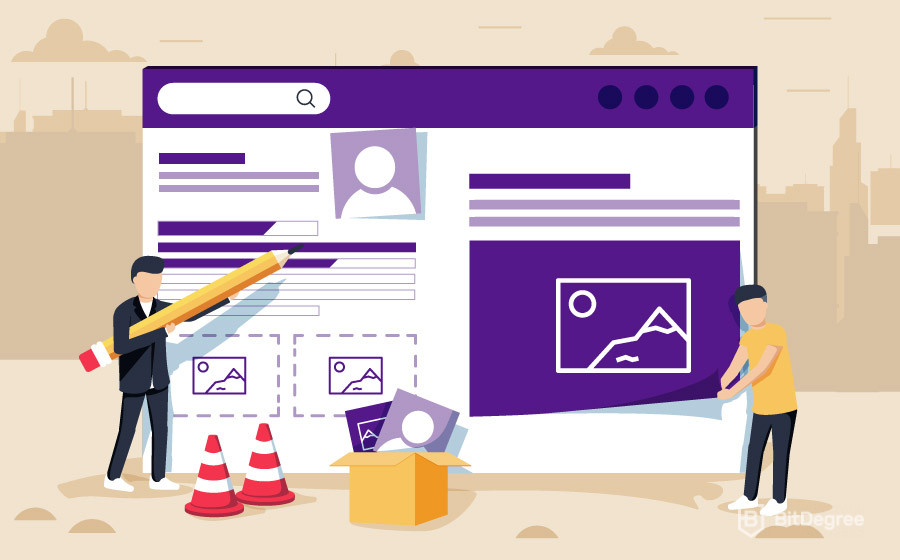5 ways to create a Web Presence.
Unlocking the power of your Online Presence.
The online identity of any individual, brand, or business on the internet is known as Web Presence. It is also called a digital footprint on the web. Web Presence can be in the following three categories- earned, owned, or paid media. Earned Media refers to the publicity earned through organic means, whereas Owned Media can be defined as the media asset that any individual has direct control over. And Paid Media is where web presence is created by advertising and promotional activities where you make payment to any particular marketing agency to increase your brand exposure.
There are a few tactics that will help you in creating a Web Presence, those are-
Building a Professional Website.
The first step for building an online presence should be creating a website where you can showcase yourself or your products. You can hire a web developer and ask him to create a website for you and make sure to have a responsive website that can be easily accessible from all types of devices whether it should be a computer, mobile, or tablet, or else you can also create a website by using website builders like WordPress, or Squarespace, etc. Creating a website is the most important thing you should do, it will help you in generating traffic and interact with your audience.
Blogging.
A blog can be the easiest way to create your web presence. You can write several blogs related to your business and showcase your products in the blog posts. It will help you to analyze the traffic coming into your blogs, by which you can categorize them according to their behavior and what are they looking for. You can also promote your product and give a brief description of the product. Writing a blog also improves your writing as well as communication skills which will help you to share your thoughts.
Getting traffic to your blog post implies that people are liking your blogs, which means you have already passed some steps of creating a perfect online identity.
Social Media.
Establish social media profiles that complement your website and start engaging with the people. You can leverage social media platforms like Instagram, Twitter, Facebook, LinkedIn, etc to promote your content and web presence by collaborating with others. You can also identify your target audience and can directly interact with them. Sharing regular content, and engaging with your audience will help you in creating a good online identity
Monitor and adapt.
By regularly monitoring your Website you can access your web presence’s performance which will help you to find the right audience and their interests. You can monitor your website's traffic by using some analytical tools like Google Analytics, Uptime, etc.
Analytics tools help you in evaluating user feedback and stay updated on industry trends through which you can stay relevant and achieve your goals.
SEO (Search Engine Optimization)
Search Engine Optimization is the technique of optimizing your website to improve its visibility and ranking in the search engine result pages (SERPs). Many search engines like Google, Bing, Yahoo, etc use complex algorithms to determine the most relevant web pages to display for a given query.
Overall SEO is the technique of increasing the traffic of your website by using some of the following strategies.
Keyword Research: Use relevant keywords and phrases that users are likely to search for, these keywords are incorporated in content, titles, meta tags, etc.
On-page optimization: Optimizing your website to make it search engine friendly. This process involves high-quality content, a responsive website, increased site speed, etc.
Off-page optimization: Optimizing your website by building backlinks from some of the reputed websites to improve your website’s reputation. Link-building can be done through social media content, blogging, and other strategies.
Content Creation: Content creation is a very important strategy for SEO. Developing high-quality and informative content could help you in the ranking of your page. Make sure to create new content rather than copying it from somewhere else.
Technical SEO: Create a structured website that has the following key components- Fast page load speed, Responsive website(Mobile Friendliness), secure HTTPS connections, and XML sitemaps.






Comments
Post a Comment